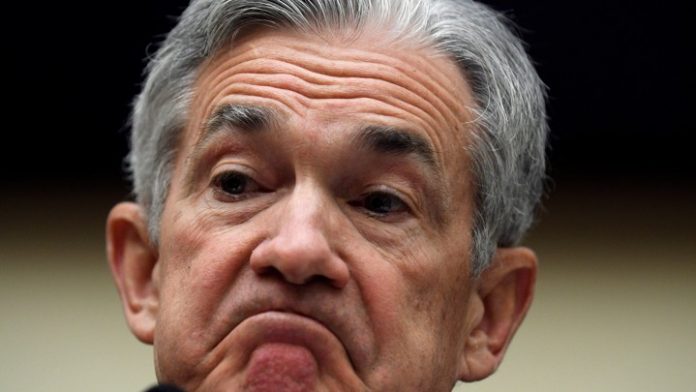A Dow bounce and a tech slump. The S&P, meanwhile, traded relatively flat.
That was the story this morning as bulls attempted to stage a comeback following Friday’s drop. We observed last week that a number of different forces were warping market sentiment.
As of today, nothing’s changed.
“With supply chain disruptions, COVID-19 variant risk, stickier than expected inflation along with other uncertainties that challenge the present recovery’s path toward a sustainable economic expansion, the age old adage ‘progress not perfection’ among current developments appears best suited for investors to focus on for now,” wrote Oppenheimer’s John Stoltzfus in a note this morning.
New Covid infections in the US seem to have peaked in late August when the 7-day average for new cases cracked 157,000. On Friday, that number was down to 137,000 cases.
But that doesn’t mean the Delta variant drama is even close to being over. Reuters reported that Pfizer’s (NYSE: PFE) Covid vaccine could be approved for children aged 5-11 years old by the end of next month. President Biden just issued a vaccine mandate last week that more or less seeks to force vaccination upon the majority of US workers.
A similar mandate may be coming for school-aged children should Pfizer’s vaccine get approval from the US Food and Drug Administration (FDA) in October. The resulting meltdown in both American schools and corporations could be epic as parents (many of whom likely work at large companies) resist the new mandates.
Whether or not the vaccines are truly effective – something that’s been called into question as international hospitalization data shows far lower vaccine efficacy than the data gathered from US hospitals – natural immunity plus seasonal changes in infection rates could see Covid dwindle.
“Vaccinations plus immunity should mean cases eventually fall. Full reopening and related spending has been pushed out,” explained UBS strategist Keith Parker. Parker sees an additional 4% upside for the S&P by year’s end.
Inflation, however, may be the largest barrier to Parker’s prediction coming true. Producer prices surged 0.7% month-over-month in August according to last Friday’s Producer Price Index (PPI) release. Annually, the PPI rose 8.3%. That’s the highest jump on record.
“Supply bottlenecks, inventory shortages, higher commodity prices, and higher shipping rates have all contributed to higher input costs,” said Allianz Investment Management’s Charlie Ripley.
″[Friday’s] data on wholesale prices should be eye-opening for the Fed, as inflation pressures still don’t appear to be easing and will likely continue to be felt by the consumer in the coming months.”
The Consumer Price Index (CPI) will be released tomorrow morning. If a worse-than-expected spike in consumer prices is observed, stocks could certainly dive lower once again. It’s becoming very clear that the Fed has a fight with stagflation (high inflation, stagnant demand) on its hands.
We predicted that this would happen earlier in the year when the CPI repeatedly came in far “hotter” than predicted. Rising input costs (via the PPI) hinted at this as well while the consumer confidence index (representing demand) plunged in historic fashion. Even worse was the consumer confidence index’s forward-looking readings, which showed that confidence could reach an all-time low around the holiday season.
Add into that an impending wave of layoffs thanks to Biden’s new vaccine mandate and you’ve got a very complex problem for which the Fed has no easy solution.
Much has been said about Fed Chairman Jerome Powell’s upcoming decision to taper the Fed’s bond-buying programs. A month ago, nearly everyone expected a taper warning following the September FOMC meeting, which ends on the 22nd. Some analysts predicted that Powell would skip the warning and announce a full-fledged taper instead.
Now, nobody’s really sure about what’s going to happen. A terrible August jobs report caused Wall Street banks to revise their taper timelines. Maybe Powell’s plans changed, too.
Until that becomes clearer, however, the next major market hazard is coming tomorrow morning upon the release of the August CPI, which should only further complicate the Fed’s decision to taper.
Regardless of whether consumer prices have risen faster or slower than anticipated.








